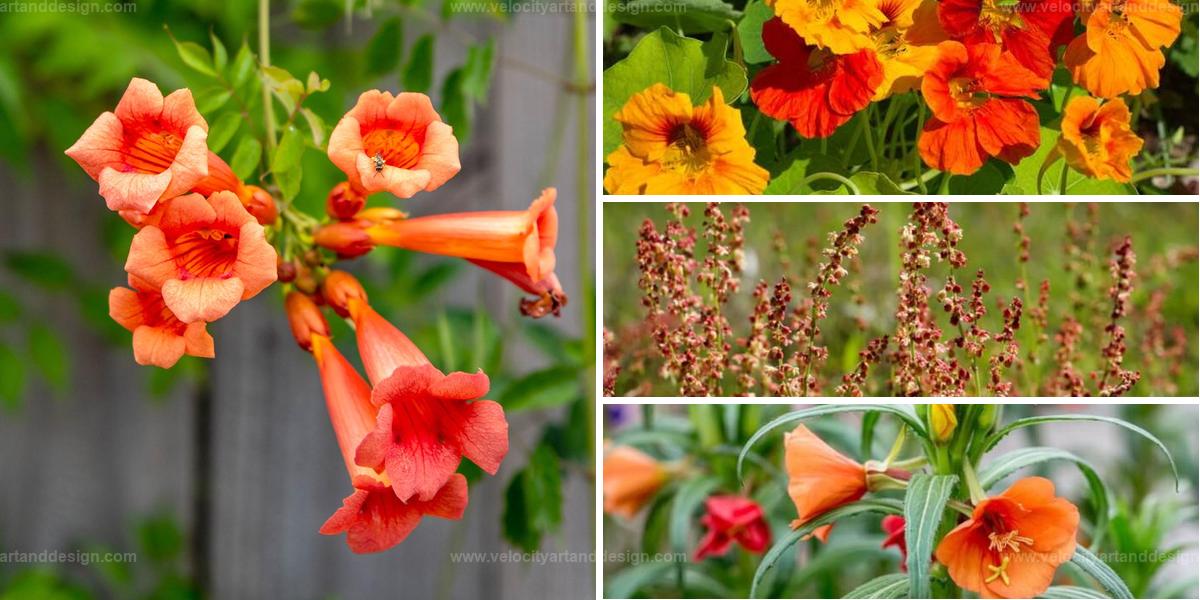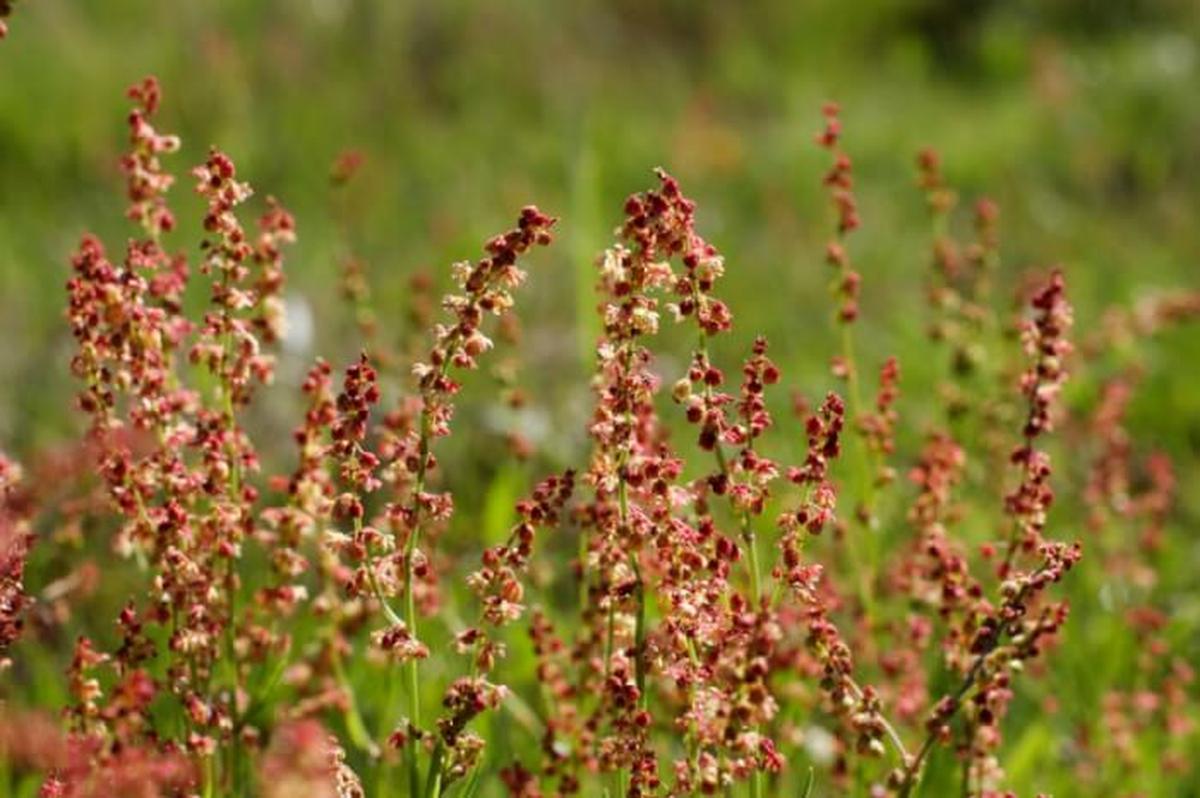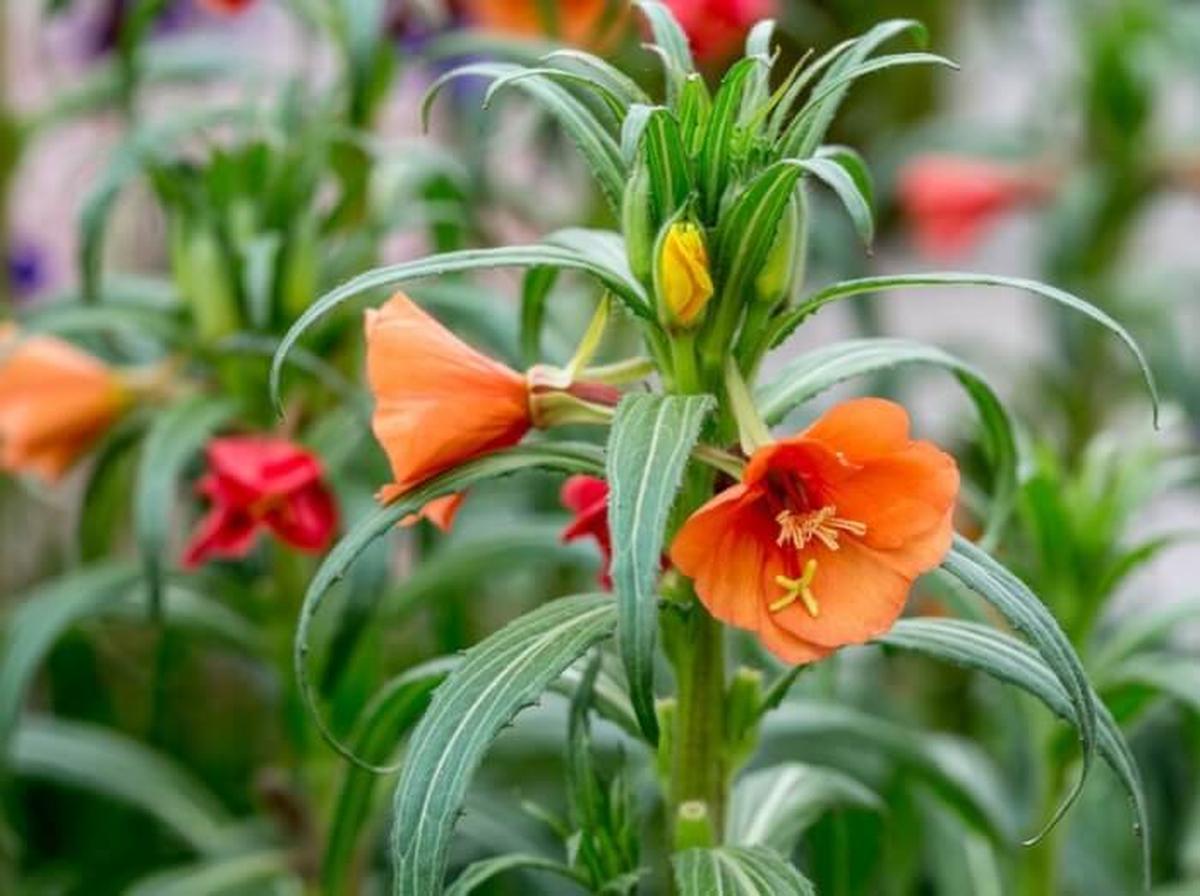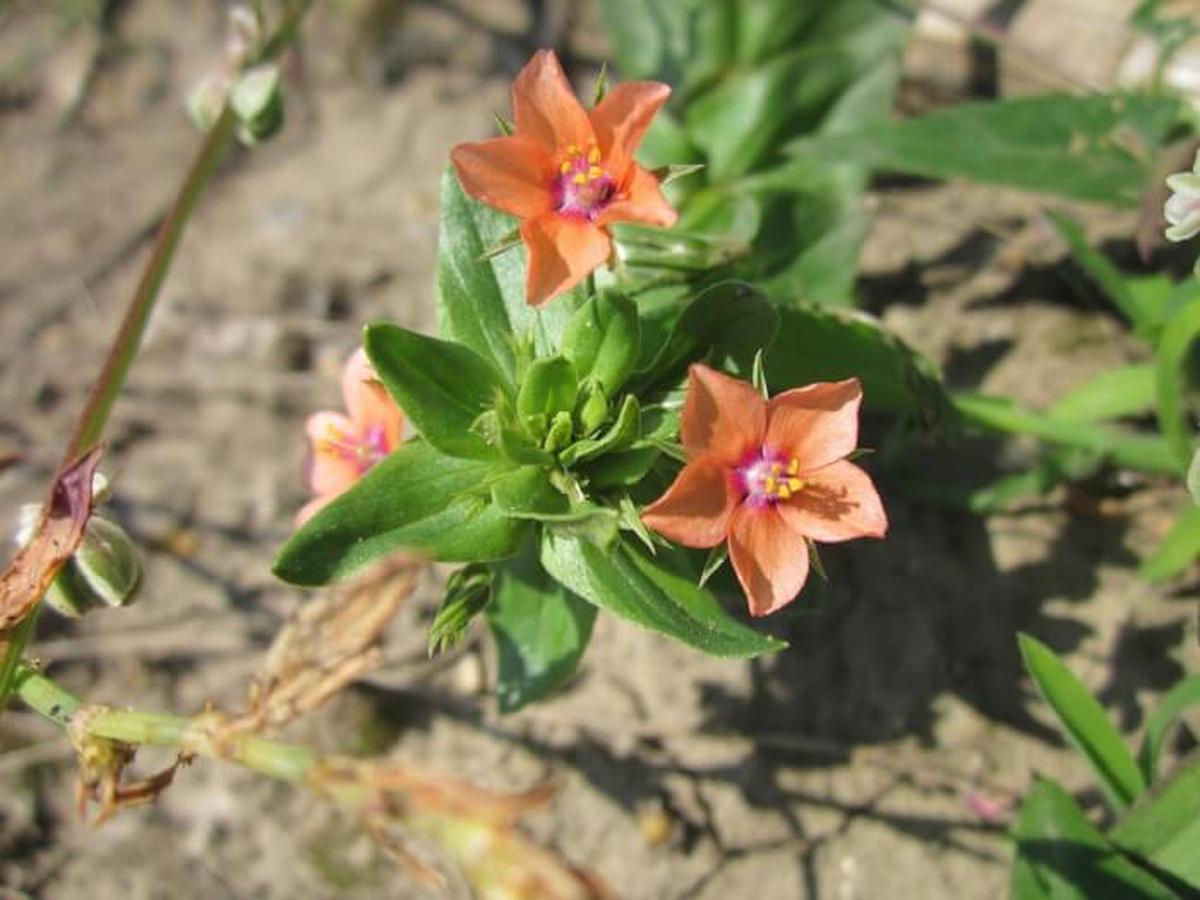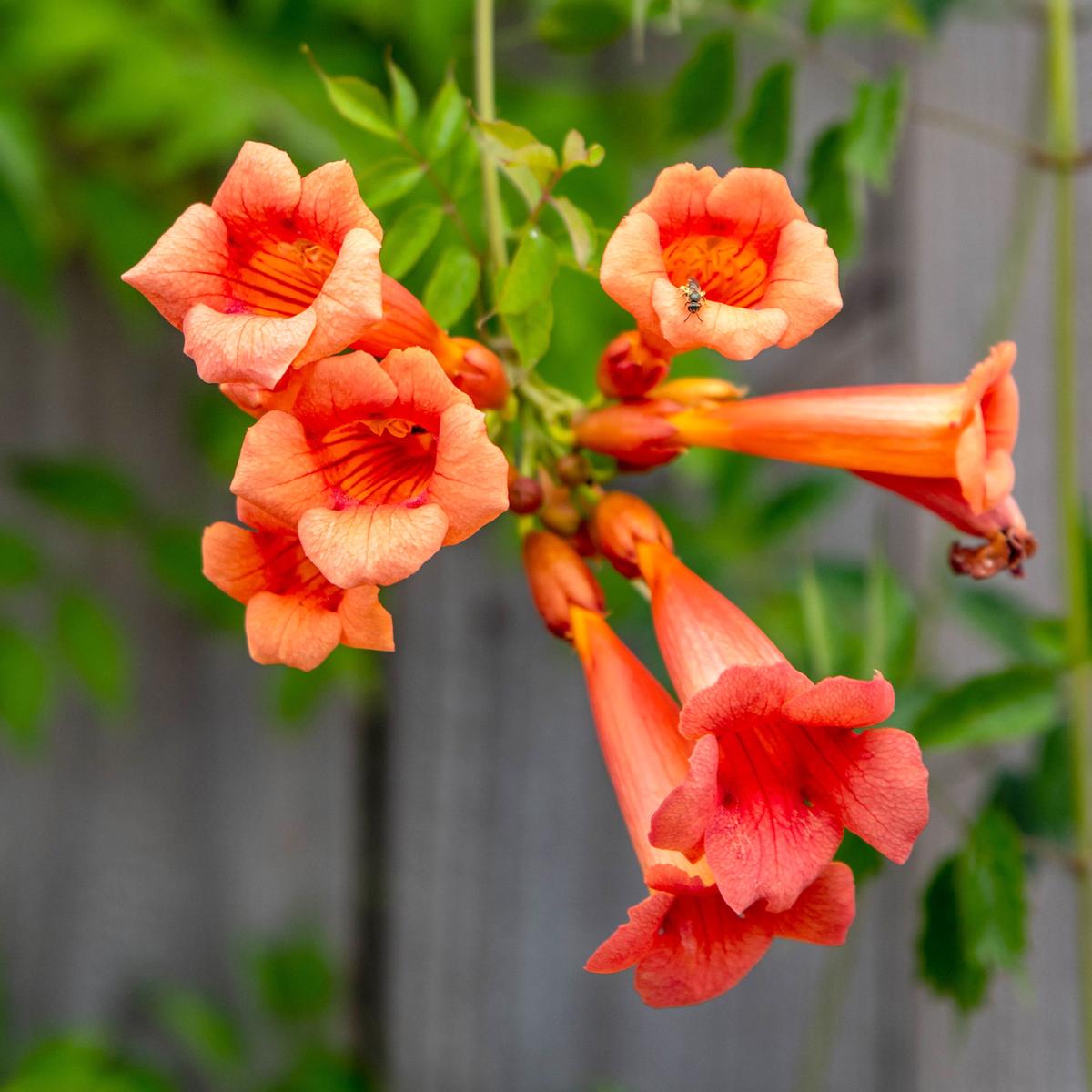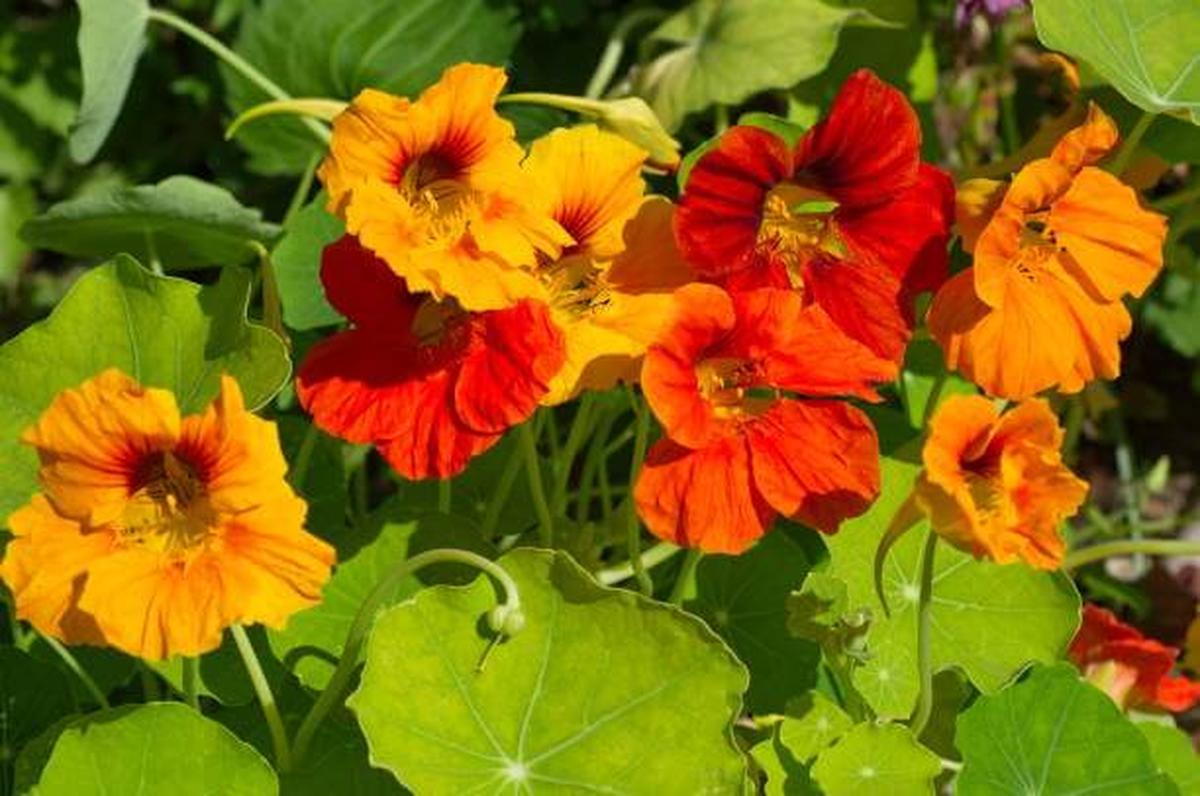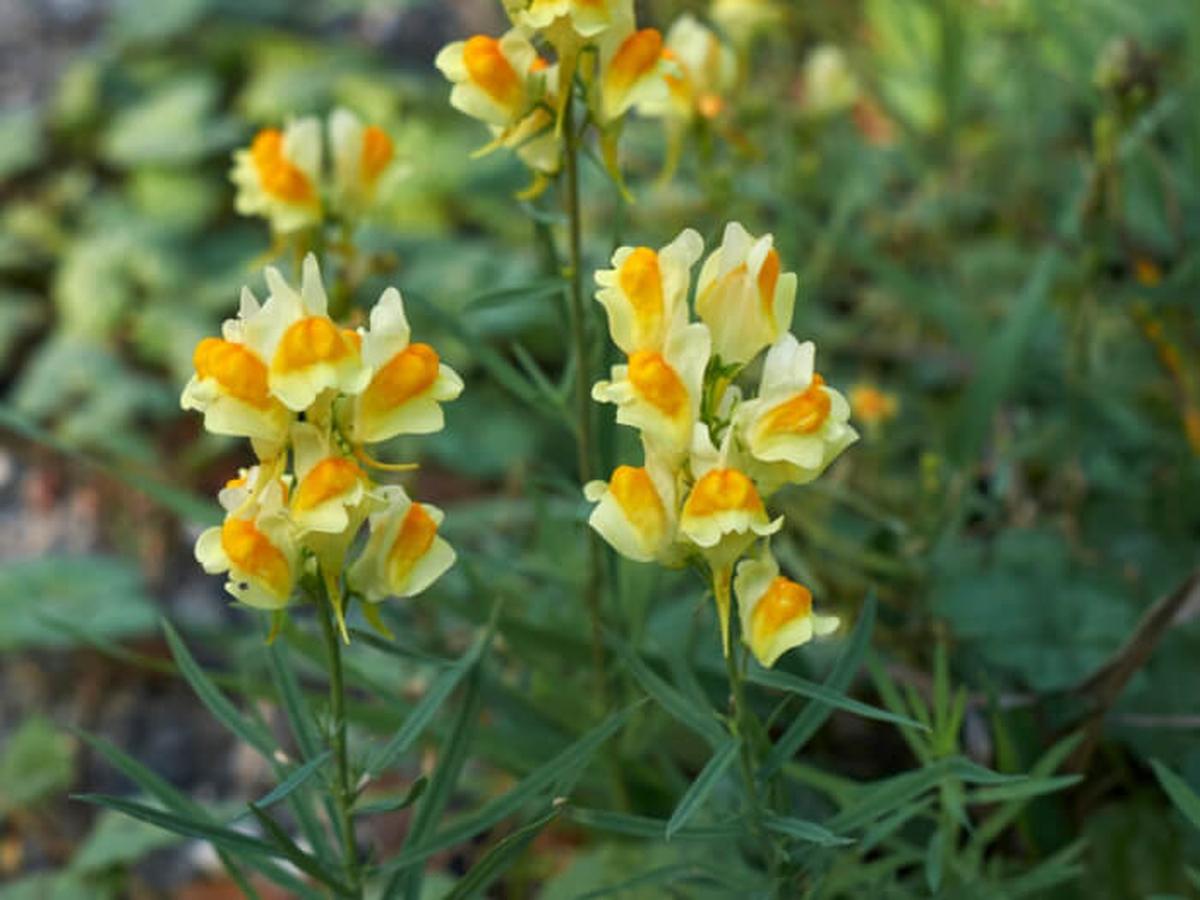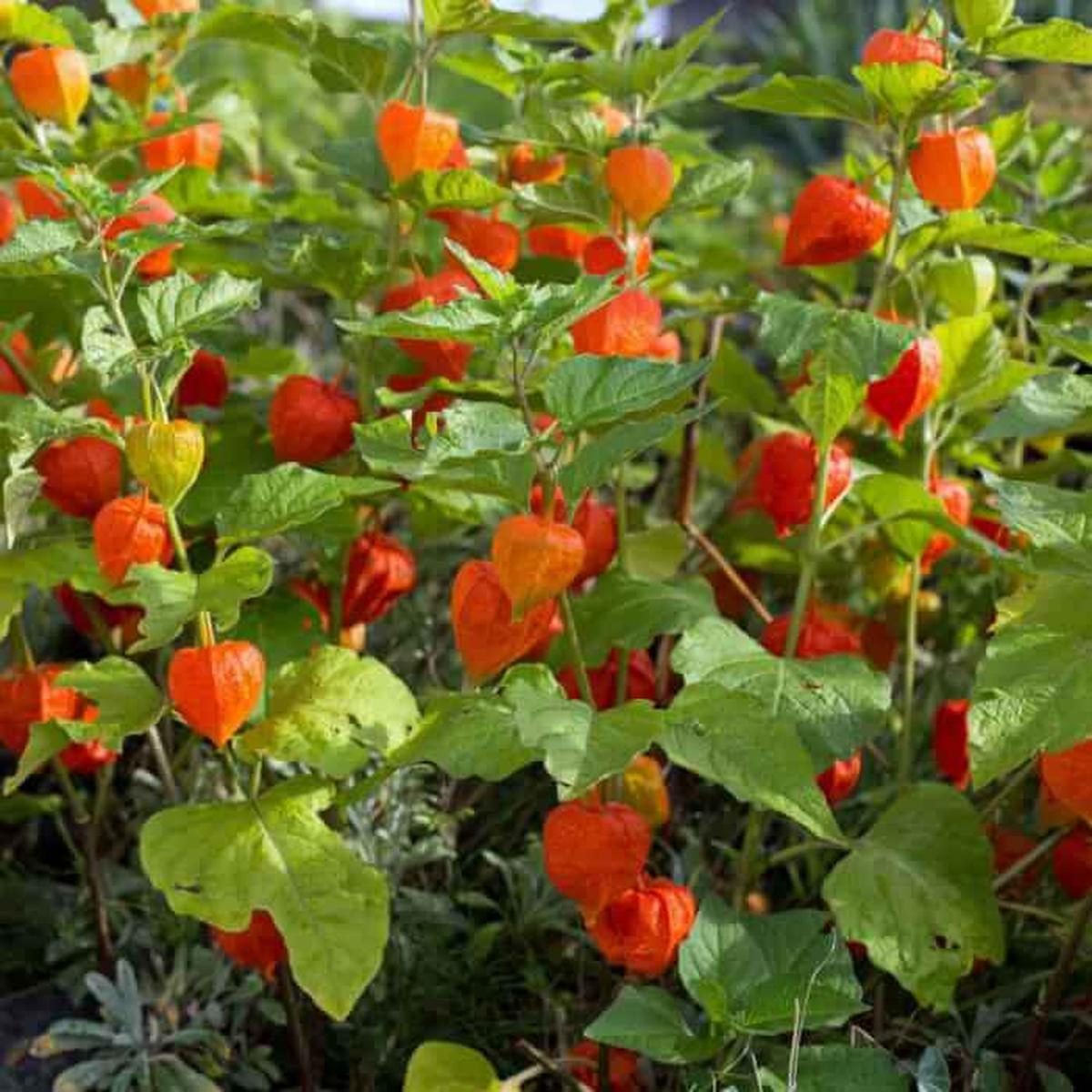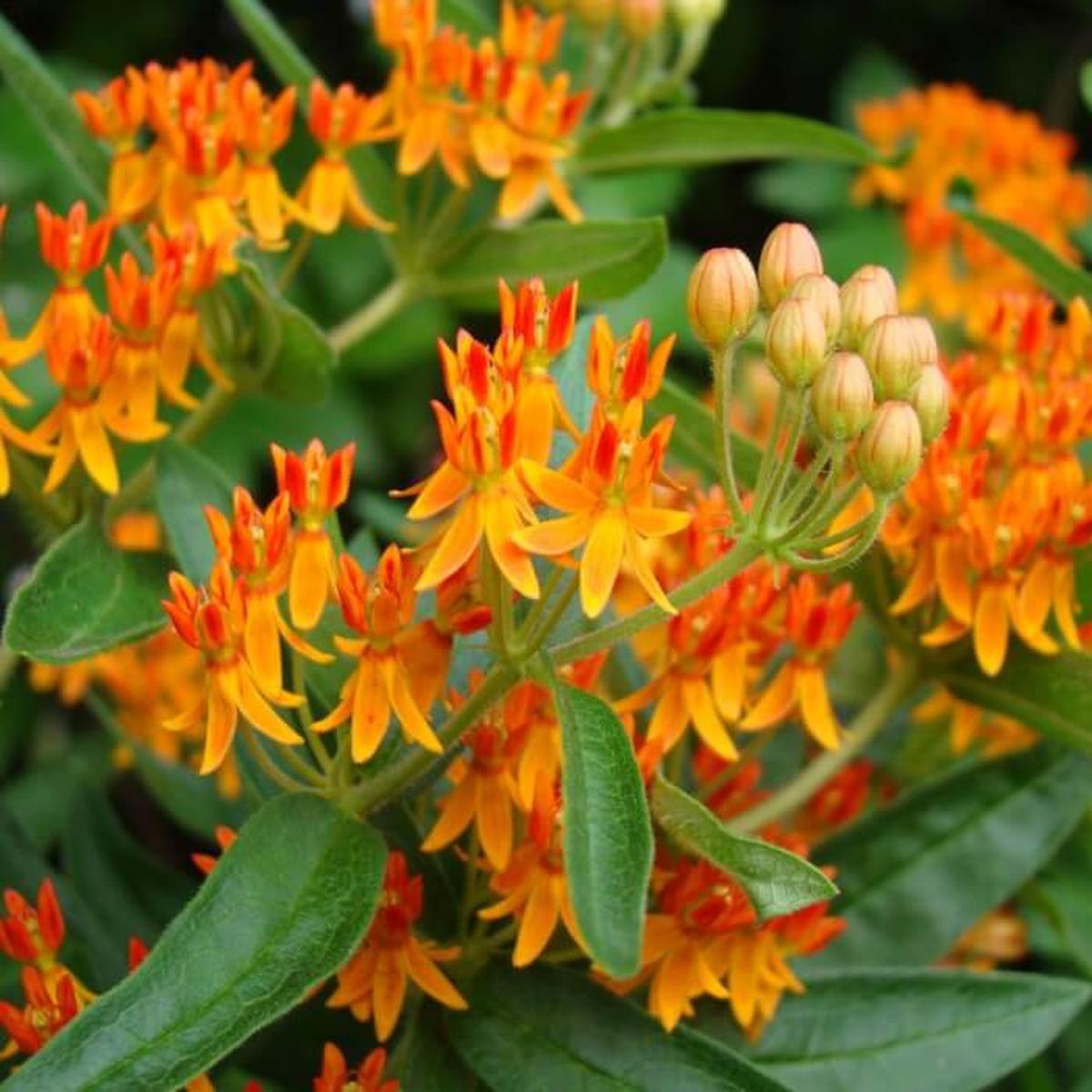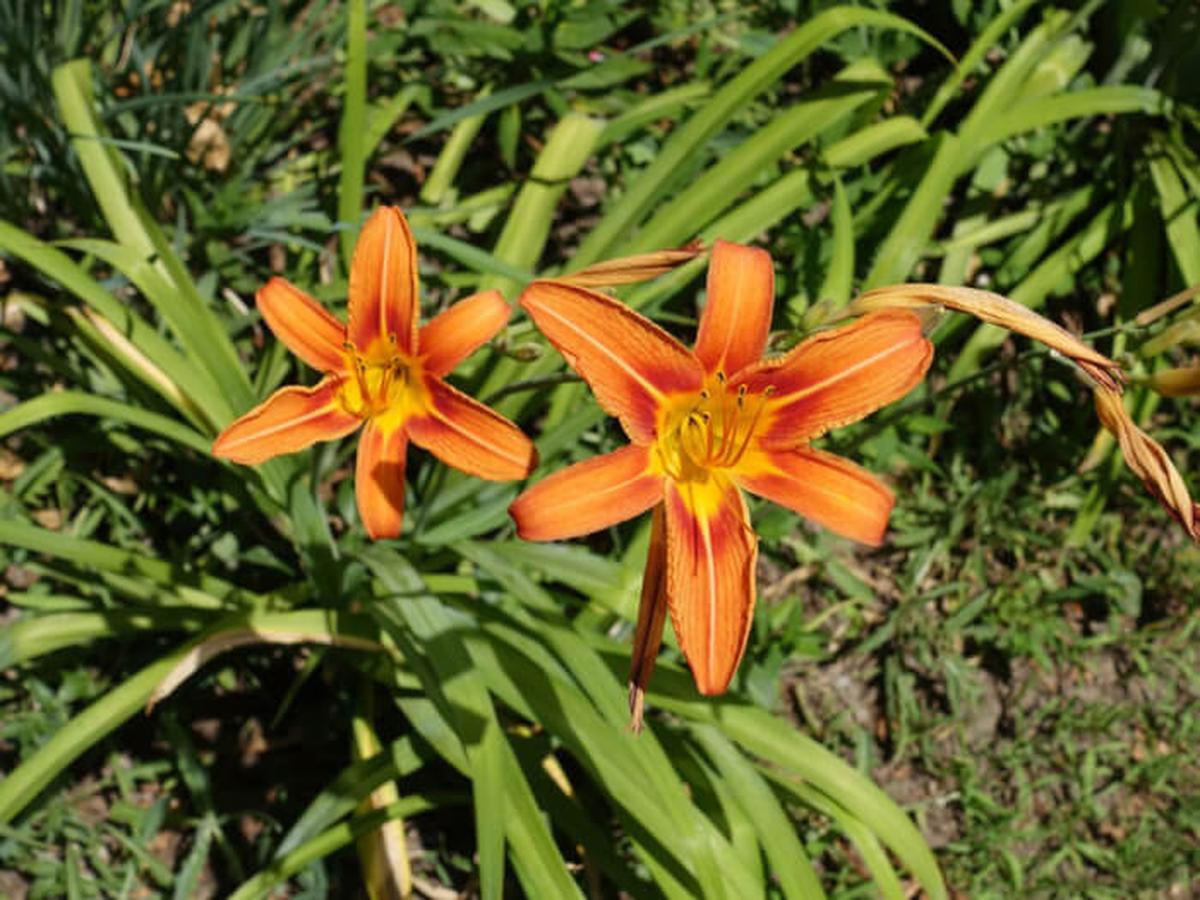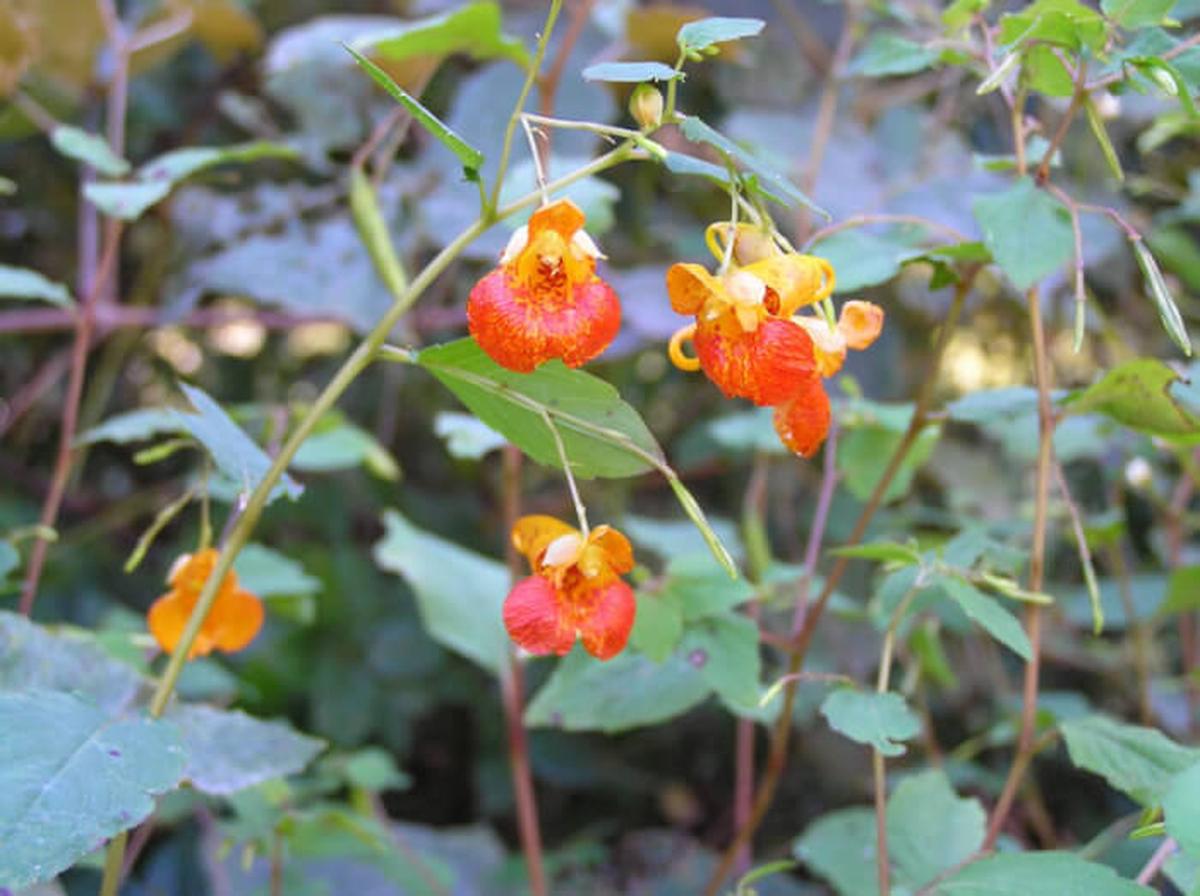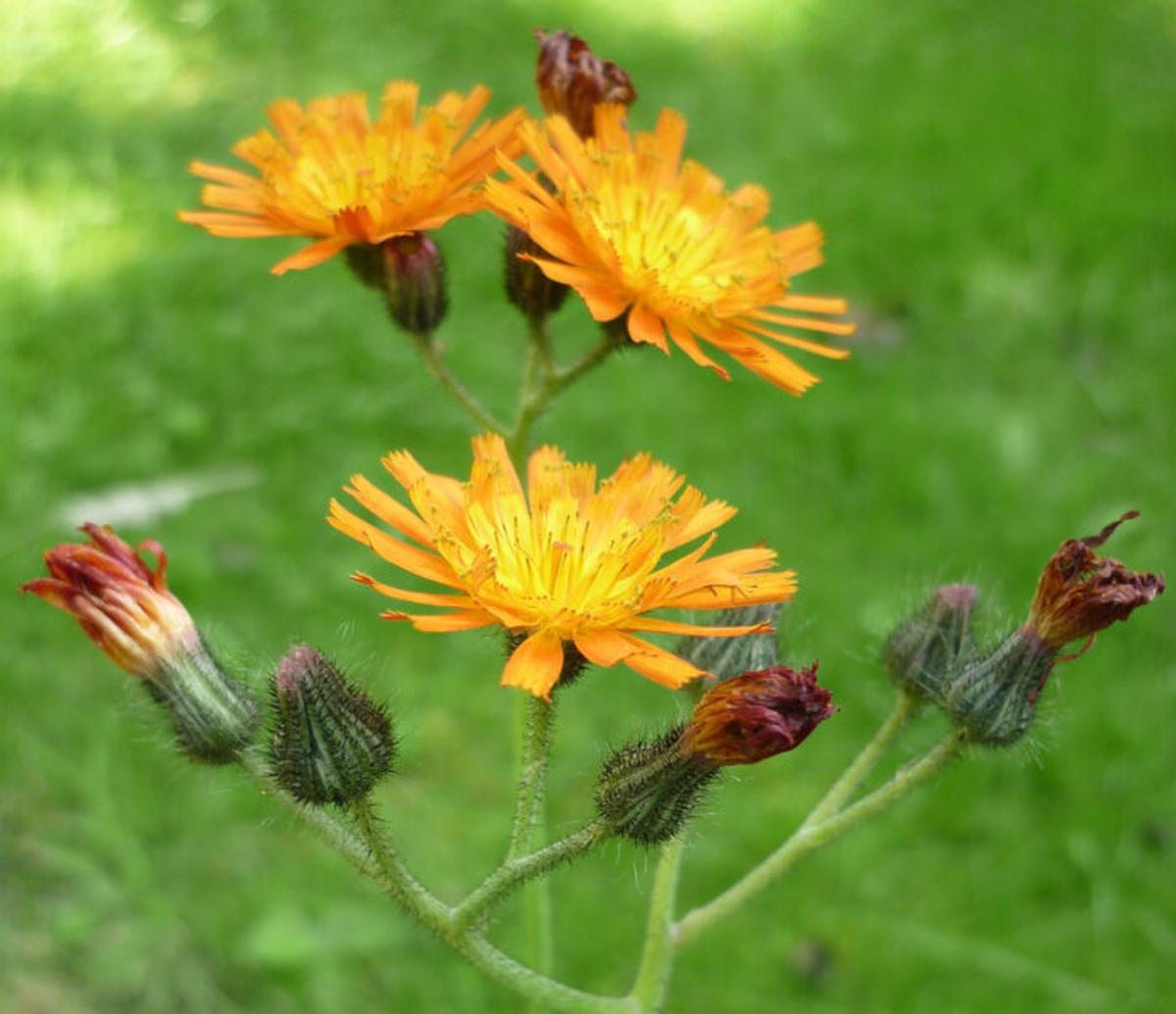11 Intriguing Orange Flowering Weeds to Identify
Weeds with orange flowers bring unexpected beauty to landscapes, adding pops of vibrant color that contrast beautifully against green surroundings. Despite their weed label, these plants create eye-catching accents in natural and wild garden areas.
Each bloom contributes to a lively, colorful aesthetic, making landscapes feel bright and inviting. Known for their resilience, these weeds adapt easily to various conditions, offering low-maintenance color for gardens.
Their unique appearance provides an unconventional charm that enhances any outdoor space. Here are 11 types of weeds with stunning orange flowers to add charm to your landscape:
Red Sorrel
Red sorrel captivates with its delicate flowers, often appearing in shades of orange.
These petite blooms cluster atop slender stems, adding a unique charm to any garden.
Thriving best in sandy and acidic soil types, this plant demonstrates resilience and adaptability.
Its vibrant presence can enhance various landscapes while requiring minimal care for growth.
Evening Primrose
Evening primrose captivates with its fragrant orange blossoms, drawing in pollinators like bees and butterflies. Despite being labeled as a weed by some, many gardeners across North America deliberately cultivate this plant for its beauty.
Its allure lies not only in the vivid color but also in the role it plays within ecosystems, providing food sources for various insects. Additionally, evening primrose thrives easily in diverse conditions, making it a versatile choice for any garden setting.
You’ll find that adding this flower can enhance your outdoor space while supporting local wildlife populations.
Red Chickweed
Red chickweed, a member of the primrose family, serves as an effective ground cover. Its leaves offer edibility in limited quantities and certain plant parts have medicinal applications.
Caution is essential; using this plant for health or culinary purposes requires specialized knowledge. Engaging with red chickweed can be beneficial, yet awareness of its proper use is crucial to ensure safety and effectiveness.
Always prioritize informed decision-making when considering nature's offerings.
Trumpet Creeper
Trumpet creeper thrives as a versatile vine, ideally suited for training along trellises or fences. This plant flourishes in warm, humid environments, making it an excellent choice for enhancing outdoor spaces.
By incorporating trumpet creeper into your garden design, you can create lush greenery that adds depth and beauty to any area. Its ability to climb allows it to cover structures effectively while attracting pollinators with its vibrant blooms.
Choosing this vine not only beautifies your landscape but also supports local wildlife by providing a habitat they cherish.
Orange Nasturtium
Orange nasturtium, often dismissed as a weed, boasts edible leaves and flowers that carry a delightful peppery scent. Not only do these vibrant plants add flavor to dishes, but they also serve an important role in pest management within gardens.
By incorporating them into your planting strategy, you can naturally deter unwanted insects while enjoying their unique taste. Cultivating orange nasturtium enhances both the culinary experience and garden health effortlessly.
You’ll find it’s a valuable addition to any green space or kitchen table.
Dalmatian Toadflax
Dalmatian toadflax is a stunning plant known for its bright yellow and orange flowers, reminiscent of snapdragons. This perennial thrives in various soil types, making it adaptable to different gardening environments.
Its vibrant blooms not only add color but also attract pollinators like bees and butterflies, enhancing the biodiversity of your garden. Growing this flower can create an inviting atmosphere while providing essential support for local wildlife.
Incorporating Dalmatian toadflax into your landscape design brings both beauty and ecological benefits.
Chinese Lantern
Chinese lantern captivates with its distinctive tall stems and fuzzy foliage, adorned by small orange blooms. Originating from China, this plant holds historical significance in traditional medicine and craftwork.
Beyond aesthetics, it serves as a reminder of cultural practices involving natural resources for practical applications like cord-making. Its unique features not only add to garden diversity but also echo the rich heritage tied to its use throughout history.
Discovering the multifaceted nature of such plants enriches our understanding of botanical contributions across cultures.
Butterfly Weed
Butterfly weed serves as a magnet for butterflies and other helpful insects, thanks to its vibrant blooms and sweet aroma.
Cultivating this plant can significantly enhance your garden, particularly if you're aiming to attract pollinators.
Its striking flowers not only beautify the landscape but also support local ecosystems by providing food sources for essential species.
Incorporating butterfly weed into your gardening plans is an effective strategy to foster biodiversity in outdoor spaces while enjoying nature's beauty firsthand.
Tawny Day-Lily
Tawny day-lily brings a burst of color to your garden with its striking blossoms, making it a popular choice among pollinators. This plant thrives in various conditions and can enhance the beauty of any landscape.
One key aspect to keep in mind is its tendency to spread rapidly through both roots and seeds, which may require management if you're aiming for controlled growth. By choosing this flower, you invite not just visual appeal but also support local wildlife that depends on nectar-rich plants for sustenance.
It's wise to appreciate the benefits while being mindful of its vigorous nature.
Orange Jewelweed
Orange jewelweed captivates with its distinct slipper-shaped blooms, showcasing a delightful mix of colors and intricate speckles.
This plant holds a significant place in Native American healing traditions, offering various medicinal applications.
Its vibrant appearance not only attracts attention but also serves as an important resource for natural remedies.
The diversity in its coloration adds to the allure of this remarkable species, making it both visually appealing and culturally valuable.
Orange Hawkweed
Orange hawkweed poses a significant challenge in gardens due to its invasive nature. Its ability to spread rapidly stems from both its seeds and rhizome roots, making eradication difficult.
To effectively eliminate this plant, thorough removal of every part is essential; neglecting any section may allow it to reestablish itself. Staying vigilant can help maintain the integrity of your garden space against such aggressive species.
Taking proactive measures ensures that you keep your outdoor areas healthy and vibrant for other plants to thrive alongside them.

